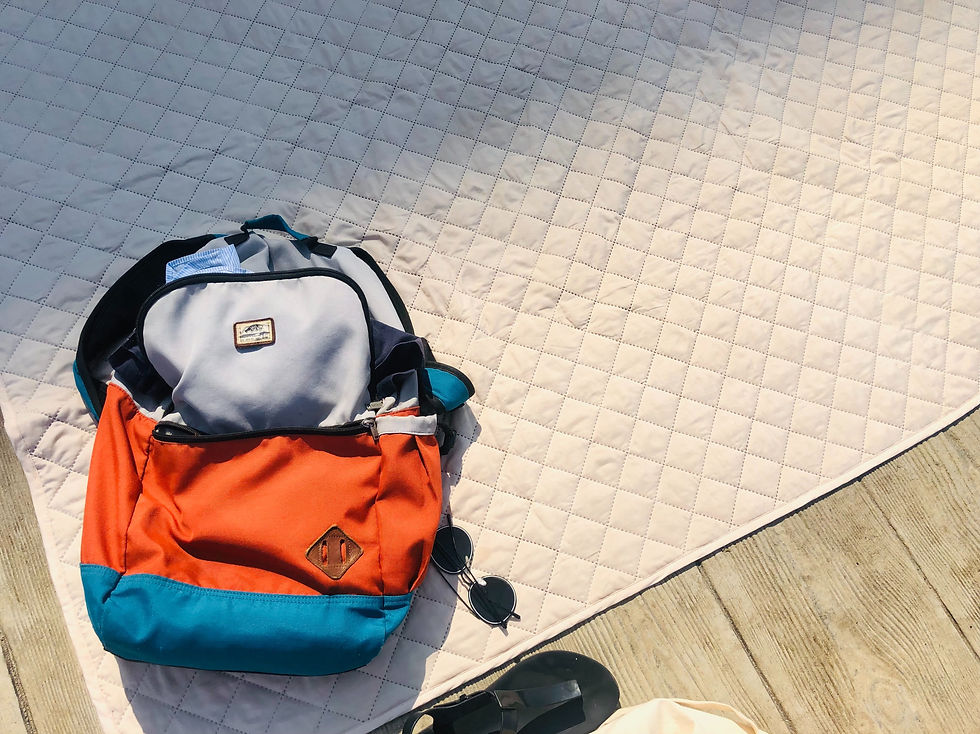Start Here: Our Essential Guatemala Overview
- Melon Tours Guatemala

- Jun 13, 2024
- 3 min read
Updated: Nov 6

Planning your first trip to Guatemala? You're gonna have a blast! But before you embark on your journey, here's a quick overview of some essential information that could help make your visit just that little bit more smooth and enjoyable.
Weather/Climate: Guatemala boasts a diverse climate due to its varying landscapes, from tropical lowlands to mountainous regions. Generally, the weather is divided into two main seasons: the dry season (November to April) and the rainy season (May to October). However, temperatures can vary significantly depending on altitude. Be prepared for hot and humid weather in the lowlands, while mountainous areas can be cooler, especially at night.
Language: Spanish is the official language of Guatemala, so it's helpful to know some basic phrases even if you're not fluent. However, in tourist areas, you'll often find people who speak English, especially in hotels, restaurants, and tour agencies.
Money: The currency used in Guatemala is the Guatemalan Quetzal (GTQ). ATMs are widely available in cities and tourist areas, and it is advisable to withdraw cash upon arrival, rather than exchanging Euros or USD due to unfavourable rates. Credit and debit cards are accepted in more modern establishments, especially in Antigua and Guatemala City, but street vendors, market stalls and many rural locations generally only accept cash in quetzales.
Visas: When visiting Guatemala, most visitors from Europe, North America and many other countries won't need a visa for stays of up to 90 days, however, a valid passport is required. Travellers are occasionally also asked to show proof of onward travel or return ticket by their chosen airline before departure. If you're unsure, you can find a list of visa exempt and non-exempt countries here (in Spanish).
Safety: Guatemala, like any country, has its safety concerns, but with proper precautions, you can have a safe and enjoyable trip. Stick to well-travelled tourist areas, avoid walking alone at night, and be cautious of pickpockets, especially in crowded places. It's also wise to research specific safety tips for the areas you plan to visit and stay updated on current travel advisories.
Assistance: Guatemala's police force has a dedicated 24-hour helpline in English and Spanish for their tourist protection department. If you require assistance during your trip, you can reach them by calling 1500 or +502 2290 2810.
Water: It is not possible to drink the tap water in Guatemala. Most hotels, restaurants and tourist services will provide drinking water from an 'EcoFiltro' system, so be sure to carry a bottle with you. Clean bottled water can also be purchased from small and large stores.
Health: Access to medical services can be limited in remote areas, with quality varying throughout the country. You are most likely to find quality healthcare services in English in Antigua and Guatemala City, although costs for emergencies can be quite high. Consider purchasing travel insurance that includes medical coverage just in case. Foodborne illnesses can also occur, so make sure to visit places with reputable food hygiene. Whilst no vaccination is needed for entry, consult with your healthcare provider about any necessary vaccinations or medications before travelling to Guatemala, carry insect repellent and research region-specific outbreak advice.
Still have questions about what to pack? Visit our helpful packing guide to prepare for Guatemala whatever the weather.
Worried about staying connected? Check out our blog on how to prepare your tech for your Guatemala trip, including essential apps!
With these tips in mind, you're well-equipped to start planning your adventure in Guatemala! From exploring ancient ruins to immersing yourself in vibrant cultures and stunning landscapes, this country offers a wealth of experiences for every traveller. So pack your bags, embrace the unknown, and get ready for an unforgettable journey in the heart of Central America!




Comments